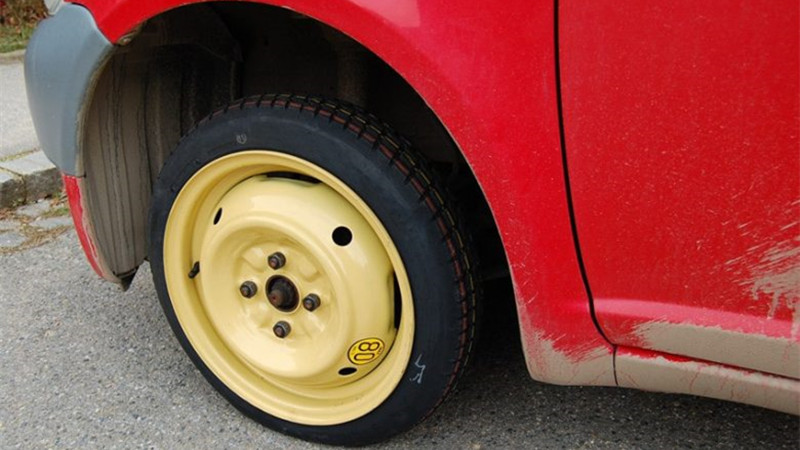
A spare tire, colloquially known as a “donut,” is an integral part of a vehicle’s emergency equipment. Designed for temporary use, it’s a short-term solution meant to get you to a nearby service station when one of your main tires is damaged or flat.
Understanding “how fast can you drive on a donut” is not merely an interesting question but an essential aspect of safe and responsible driving. This article will explore this question in depth, explaining the scientific, legal, and practical factors that affect the speed at which you can safely drive on a donut spare tire.
What is a Donut Tire?
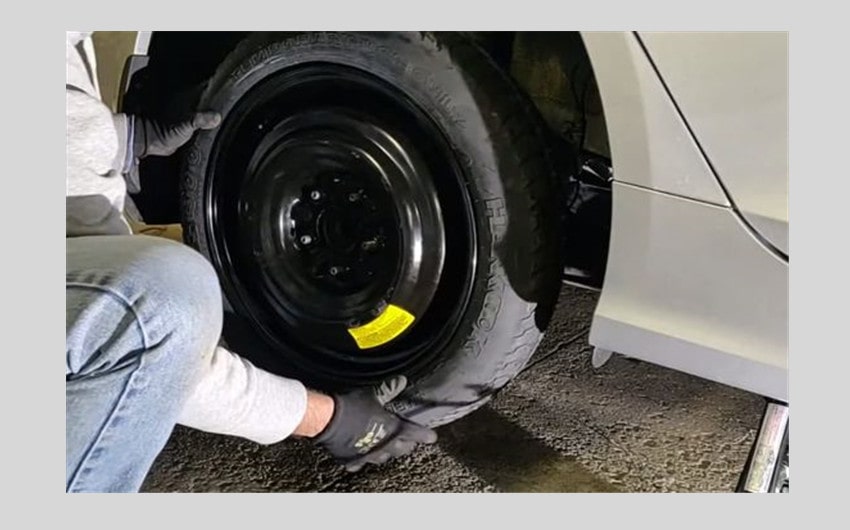
Image source: Pinterest
A “donut” is the colloquial term for a specific type of spare tire, also known as a compact or space-saver spare tire. Its name originates from its distinctive shape – smaller and narrower than a regular tire, much like a donut is smaller and narrower than a full-sized cake.
The donut tire is designed to be lightweight and easy to store, often tucked away in the trunk or under the rear of a vehicle. These tires are manufactured with less material, reducing their weight but also their durability. Typically, they are not made with the same amount of tread as a regular tire, meaning they provide less traction and are not intended for long-term use.
Donut spare tires differ from full-size spares in their size, construction, and purpose. While a full-size spare is essentially an extra regular tire, a donut is a minimal version, built to get the car to a service station or home, not to carry on a long trip or high-speed driving. These limitations are vital to bear in mind when considering “how fast can you drive on a donut”.
The design differences between regular tires and donuts have important implications for their speed limitations, vehicle handling, and safety, all of which we will explore further in this article.
How Fast Should You Drive on a Donut?
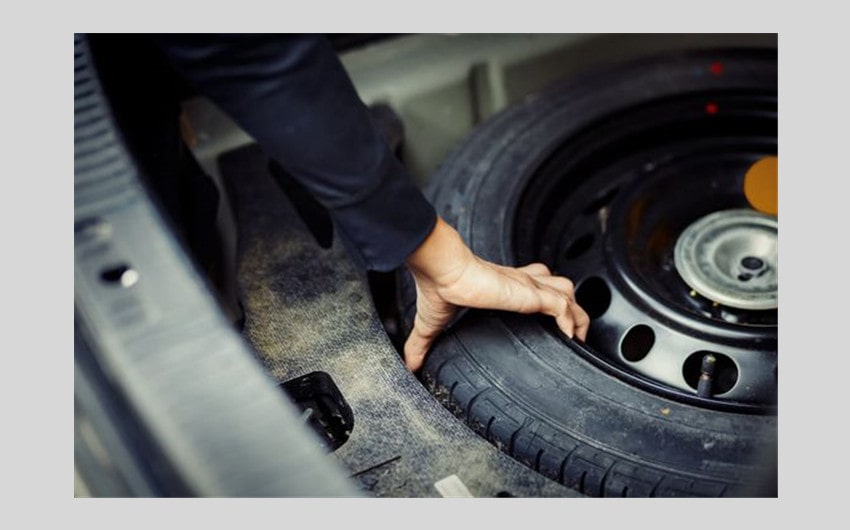
Image source: Pinterest
In most cases, the general recommended speed limit when driving on a donut spare tire is approximately 50 miles per hour (80 kilometers per hour). These guidelines are not arbitrarily assigned; they are rooted in the design and construction of the donut tire itself.
A study conducted by the National Highway Traffic Safety Administration (NHTSA) suggested that due to their size, material, and construction, donut tires are more susceptible to wear and heat build-up than regular tires. This can lead to a quicker breakdown of the tire’s structure and, in severe cases, a blowout.
When you drive at higher speeds, friction between the tire and road increases, leading to more heat. This can be particularly problematic for donut spare tires due to their lesser robust construction and heat dissipation capabilities.
Moreover, driving at higher speeds can negatively impact vehicle handling. According to research from the American Automobile Association (AAA), vehicles equipped with donut spare tires demonstrate altered handling characteristics, particularly in tasks involving steering and braking. At higher speeds, these changes can be more pronounced and may lead to loss of vehicle control.
Furthermore, a comprehensive review by the Tire and Rim Association found that the smaller size and altered geometry of a donut spare can put additional stress on a vehicle’s mechanical components, including the transmission and brakes. This stress is amplified at higher speeds, potentially leading to premature wear or failure of these components.
Therefore, to maintain safety and reduce the risk of tire or vehicle failure, it is recommended to adhere to the 50 mph speed limit when driving on a donut spare tire. These limitations are an essential consideration for any driver asking, “how fast can you drive on a donut?”
Impact of Speed on Donut Tire Wear and Vehicle Performance

Image source: Pinterest
Driving at high speeds on a donut spare tire can have significant impacts on both the lifespan of the tire and the overall performance of the vehicle.
Donut Tire Wear
Donut spare tires are not designed for prolonged or high-speed driving. The increased friction generated by driving at higher speeds causes the tire to heat up more quickly. This accelerated heat build-up can lead to increased wear and degradation of the tire’s structure.
Over time, the tire may develop cracks, bulges, or even experience a blowout, jeopardizing safety on the road. Therefore, it is crucial to adhere to the recommended speed limits to preserve the integrity and lifespan of the donut spare tire.
Vehicle Handling and Control
Driving fast on a donut spare tire can significantly affect the vehicle’s handling and control. Donut tires have a smaller footprint, reduced tread depth, and different traction characteristics compared to regular tires.
These design differences impact the tire’s grip on the road, making it harder to maintain stability and control, especially during sudden maneuvers such as emergency braking or sharp turns. The risk of skidding or loss of control increases, posing a potential hazard to both the driver and other road users.
Mechanical Stress
The altered geometry and size of donut spare tires can also place additional stress on the vehicle’s mechanical components. Driving at high speeds amplifies this stress, potentially leading to premature wear or failure of critical parts such as the transmission and brakes.
The mechanical strain can also adversely affect the vehicle’s suspension system, exacerbating the handling issues mentioned earlier. It is essential to remember that donut spare tires are not designed for extended use, especially at high speeds, to avoid compromising the vehicle’s mechanical integrity.
Legal Implications
In many jurisdictions, there are specific traffic laws and regulations regarding spare tire usage. While not all explicitly mention speed limits, driving recklessly or unsafely, including at high speeds on a donut, could have legal consequences. These might range from fines to points on your driving record, depending on the severity of the offense and local laws.
Case Studies
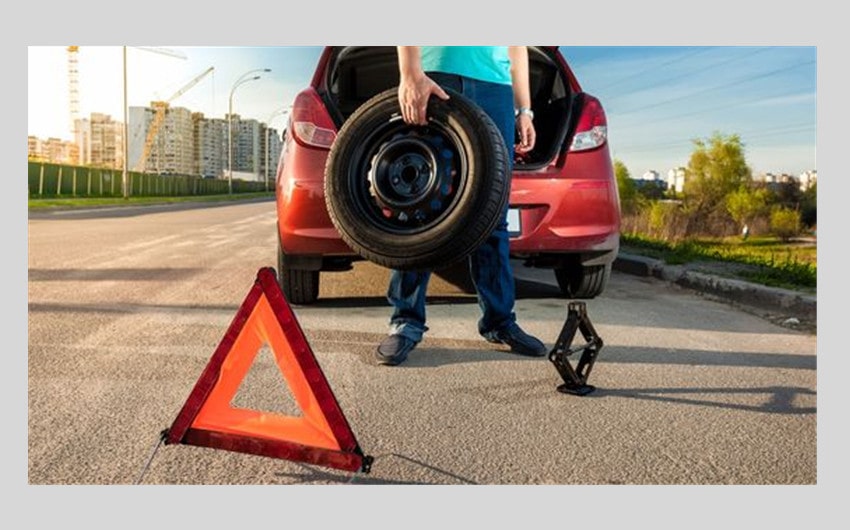
Image source: Pinterest
There are numerous instances where driving too fast on a donut spare tire led to accidents, some severe. These real-world experiences serve as a warning of the dangers of disregarding speed recommendations when using a donut. They also underline the importance of understanding “how fast can you drive on a donut.” Here are a few case studies highlighting the consequences of driving too fast on a donut spare tire:
Case Study 1: Highway Accident in Excessive Speed
In a reported case, a driver was traveling at a speed well above the recommended limit on a donut spare tire. The driver lost control of the vehicle while maneuvering a sharp turn, resulting in a rollover accident.
The investigation revealed that the limited traction and compromised handling characteristics of the donut tire contributed significantly to the loss of control. This case study emphasizes the importance of adhering to speed limits to maintain vehicle stability and avoid accidents.
Case Study 2: Tire Failure during High-Speed Commute
In this case, a driver was commuting on a highway at an elevated speed on a donut spare tire. Suddenly, the donut tire experienced a blowout, leading to a sudden loss of control. The driver’s attempt to regain control resulted in a collision with another vehicle.
The subsequent analysis found that the increased heat generated at high speeds exceeded the donut tire’s capabilities, causing the blowout. This case highlights the critical importance of staying within recommended speed limits to prevent tire failures and associated accidents.
Case Study 3: Handling Issues and Reduced Control
A driver continued driving on a donut spare tire for an extended period at speeds exceeding the recommended limit. As a result, the donut tire’s tread wore unevenly, leading to compromised handling and reduced control.
During an emergency maneuver to avoid a collision, the driver experienced difficulties with steering and stability, resulting in a collision with a roadside barrier. This case demonstrates how driving too fast on a donut tire can negatively impact vehicle control and increase the risk of accidents.
These case studies provide specific examples of the consequences of driving too fast on a donut spare tire. They highlight incidents such as loss of control, blowouts, compromised handling, and accidents that can occur when speed limits are disregarded.
By studying these cases, it becomes evident that adhering to the recommended speed limits while driving on a donut spare tire is crucial for maintaining safety on the road.
Tips for Driving on a Donut
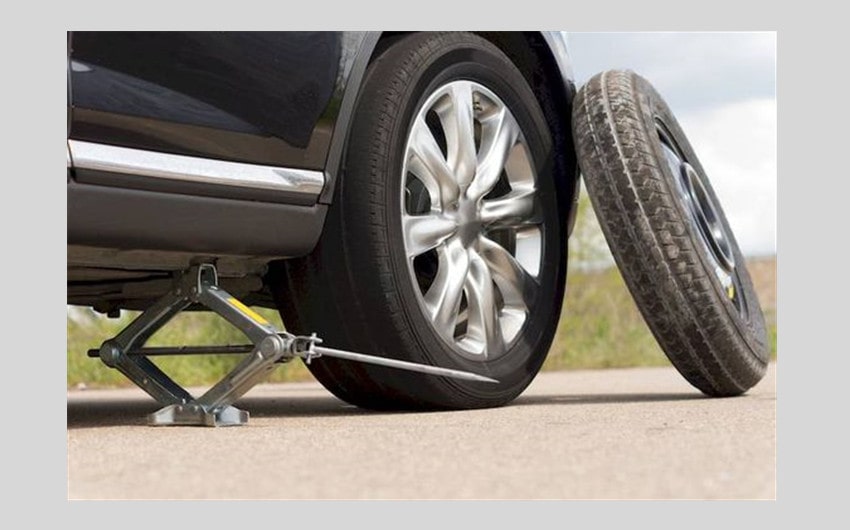
Image source: Pinterest
Driving on a donut spare tire requires special attention and caution. Here are some essential tips to keep in mind to ensure your safety and the longevity of the tire:
Adhere to the recommended speed limit
As mentioned earlier, it is crucial to follow the recommended speed limit for driving on a donut spare tire, which is typically around 50 miles per hour (80 kilometers per hour). Driving at excessive speeds can increase the risk of tire failure, compromised vehicle handling, and potential accidents. Stay within the prescribed speed range to maintain control and stability.
Avoid sudden maneuvers
Donut spare tires have reduced traction and handling capabilities compared to regular tires. To minimize the risk of skidding or loss of control, avoid sudden maneuvers such as sharp turns, aggressive braking, or rapid acceleration. Gradually and smoothly apply the brakes, steer gently, and maintain a moderate speed to ensure stability and prevent accidents.
Regularly check tire pressure
The tire pressure in a donut spare tire can impact its performance and longevity. Ensure that the tire pressure is within the recommended range specified by the vehicle manufacturer. Consult the owner’s manual or the sidewall of the donut tire for the appropriate pressure. Regularly check the pressure and inflate or adjust it as needed.
Limit the distance traveled
Donut spare tires are not designed for long distances or extended use. They are intended to serve as a temporary solution to get you to a nearby service station or home where you can replace the damaged tire with a full-size one. Therefore, limit your driving distance on the donut spare and replace it with a regular tire as soon as possible.
Avoid overloading the vehicle
Donut spare tires have weight limitations. Avoid overloading the vehicle beyond the recommended capacity while driving on a donut. Excessive weight can put additional stress on the tire and other vehicle components, potentially leading to failure or compromised performance.
Replace the donut spare tire promptly
A donut spare tire should only be used as a temporary solution. Once you have utilized the donut, it is essential to replace it with a full-size tire as soon as possible. Regular tires provide better traction, handling, and overall performance, ensuring a safer driving experience.
Conclusion
Understanding “how fast can you drive on a donut” can help avoid unnecessary risks and ensure safer driving. This article has underlined the dangers of driving fast on a donut and the importance of understanding and following the recommended speed limits.
Responsible driving is not just about following the law but also about understanding the limitations of your vehicle and its components, including the humble donut spare tire.








